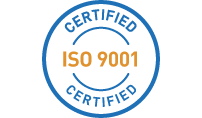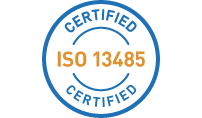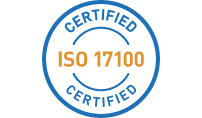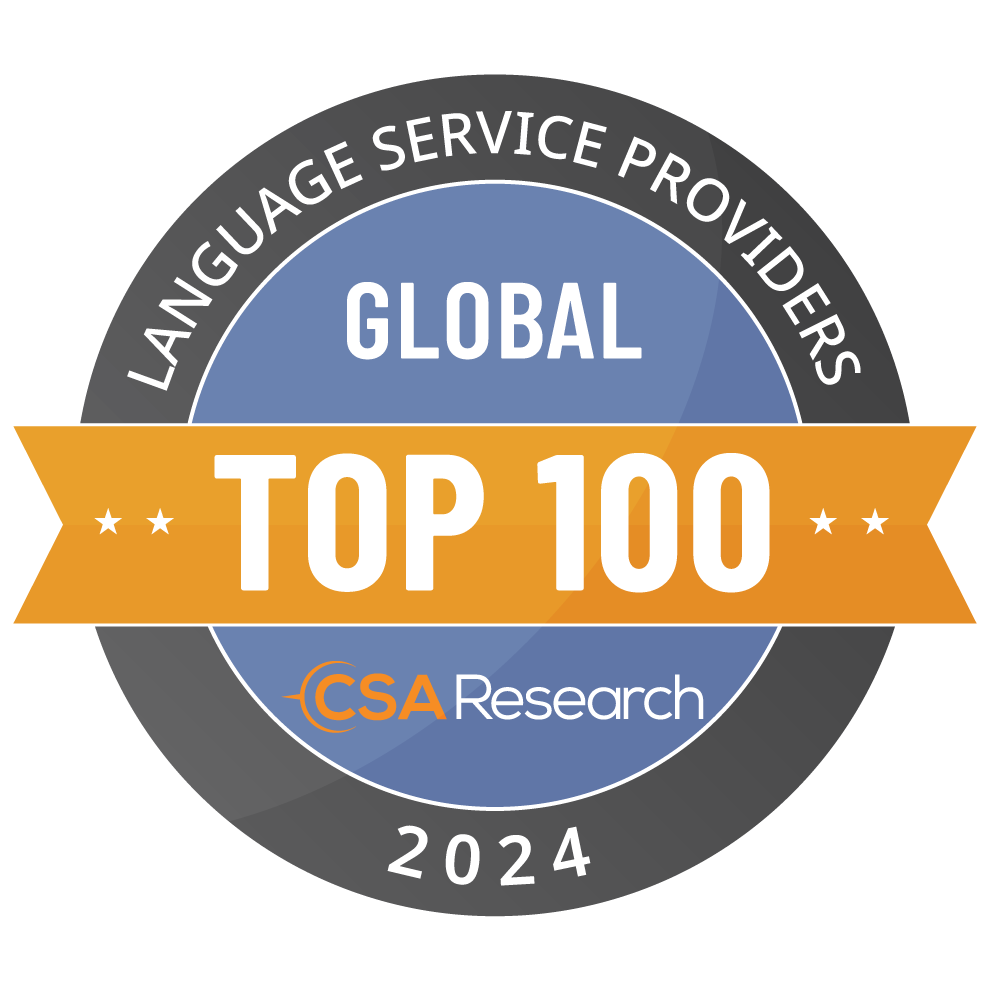
Looking for ways to stretch your localization budget? Here are 7 money-saving tips to get the most out of your globalization dollars:
In the habit of sending PDFs?
Clients can help their localization service provider by supplying the source files from which a final document or video was created. Although very useful for reference, PDFs are not source files! They are generally created by other applications like Microsoft Word or Adobe InDesign. When localization companies receive PDFs for translation, they need to extract the text, translate it, and then create a localized document from scratch. This time-consuming process can be skipped if source files are provided from the beginning.
This advice applies to videos and images too! Instead of sending screenshots, jpgs, or pngs, you can send Adobe Photoshop or Illustrator files in .psd or .ai format. Instead of sending raw video, you can send the video project from Adobe Premier or whatever your preferred video editing software is. A localization expert will be able to localize your content much easier in its native software environment.
Not all content is created equal
Content comes in many forms and is used for many purposes. For some of it, a professional human translator is the best choice. However, for other types of content, including knowledge base articles, generic product documentation, and user-generated content, the high-volume of content can increase cost substantially. To ensure quality control while simultaneously reducing cost, consider post-edited machine translation (PEMT) as your go-to process. First, your content will be translated using a machine translation engine. Then, a professional translator will fine-tune the output to meet your quality standards. Localization service providers generally offer this service at a fraction of the cost of traditional translation. The end-to-end process is quicker as well, so if you are on a short timeline, PEMT can be a great choice.
Don’t leave money on the table
Clients often have a bit of experience with translations before coming to a localization service provider. Regional marketing teams may have provided the company with ad-hoc translations. However, those translations can’t be leveraged because they weren’t stored in a translation memory (TM) – a database of translations. Luckily such translations can be “aligned” by a localization service provider and stored in a TM for future use. This service is called “TM Alignment.” The end result of putting your previously translated content through TM Alignment will be cost savings, as well as ensuring consistency with previous translations.
Get smart about business intelligence
Management guru Peter Drucker is credited with saying “What’s measured improves.” But measurement of localization processes is no easy task, as many aspiring global companies are realizing. Instead of keeping localization processes obscured in fog, a great localization service provider will offer an intelligent client portal that shows you the most valuable analytics of the localization process. You can view the status of current projects, how much you’ve spent on various languages, and how much you have been saving through the use of translation memory. By using an intelligent client portal, you can capture vital localization intelligence that will help you maximize your budget on the most mission-critical projects while reducing spend on others.
Connect the dots with APIs
Conventionally, when a client sends files for translation, a localization engineer will prepare them and launch them in a translation management system. However, this process can be automated on the client side by sending the files already prepared through an API. When a client sends prepared files through an API, the project is immediately visible to translators. No intermediary required. Setting up an API interface to send translation projects on-demand is a great way to stretch your localization budget further by removing the usually-required file prep and launch work.
Go from “Project” to “Program”
Sending a constant stream of projects can be time consuming, costly, and confusing. Instead of launching each project one-by-one, consider setting up a monthly retainer for your localization program, where everything you send gets grouped into a single project for the month. By simplifying accounting and project management, your language service provider will be more able to pass along cost savings, resulting in a better bottom line for your localization budget.
Think outside the box
Some projects are just complicated. Consider a case from one of our Silicon Valley clients, who needed unique marketing text translated into 72 locales, resulting in over 5,000 translated Photoshop files. This process, which used to take nearly a month, was streamlined and automated by our localization engineers to take just a few days. Consider streamlining your project with custom-built automation tools, resulting in lower costs, fewer error-prone human touch points, and a more agile project timeline.
RELATED LOCALIZATION GUIDES:
LOCALIZATION – “CUT COSTS, NOT CORNERS – Planning ahead saves money.
SEE ALL OF OUR FREE LOCALIZATION GUIDES HERE!













